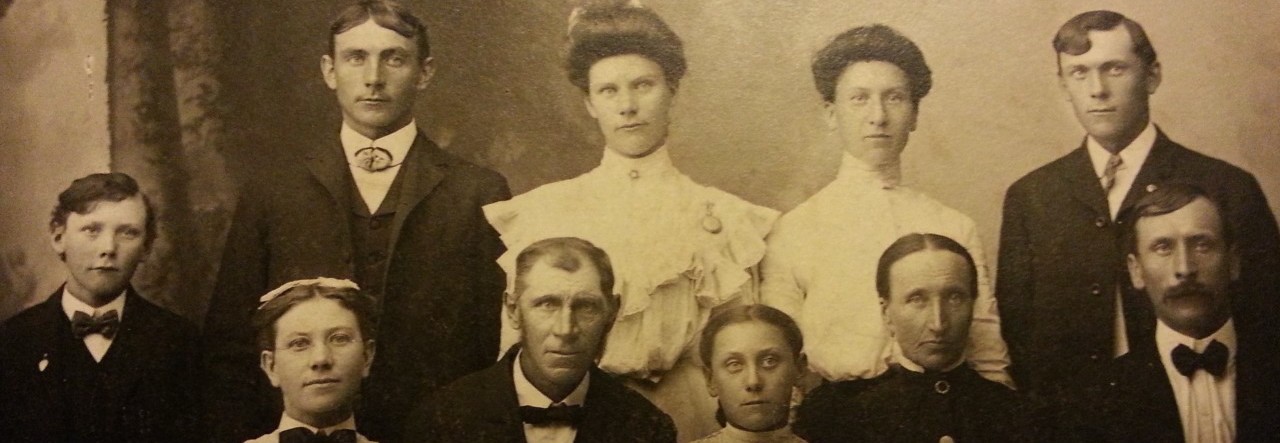There are many different ways to organize your genealogy files and everyone puts their own spin on things to make them individual. To find the best way for you, you need to try them and see what works best for you and that you’d use it. That’s the key – will you actually do this?
For example, I love the idea of color coding ancestors. A new color for every ancestor! Awesome visual! I won’t do it though. I know me. Also, using binders sounds great! I love the idea of a full bookshelf with lots of binders! I was a teacher after all and all my classes had the master lesson plans in binders. However, that’s a bit too expensive at the moment and I have file folders galore and a filing cabinet, so I will use that. What I”m saying here is be practical. If you know you won’t do it, then don’t and find what you will do. There is no perfect system!
Digital files tend to be dealt with oddly in the genealogy world. Probably because we are a world of paper and so many people just keep paper. The problem with that should be obvious – paper doesn’t last. Not that computer files will last forever either, but I’m not thinking that long term here, I’m thinking about those what happens if moments. Heaven forbid we experience such disasters – fire, floods, other forms of destruction that leaves your files ruined. But it can and does happen.
I personally already have all my paper files scanned and in my computer. How long did that take you ask? I won’t lie, it took a whole summer of spending a good chunk of my day, every day, scanning and filing the scan away. However, now I have a backup for my paper files!
How do I organize that? Simply put, the same way I organize my paper files:
- Each hanging folder is a surname
- In each hanging folder there is a manila folder with a specific person and the files are there
- All joint papers (census records, marriage records, etc.) are with the head of household or husband
- Woman are filed under their maiden names once known and with husbands until then
Simple. So, in my computer I have a file folder named Genealogy. In that folder it looks like this:
It’s just like my hanging files then – a surname. In each folder it will look like this, just like what my manila folders look like (that’s their death date following the name):
In each of those folders, I have images of scanned records or records I’ve downloaded as I’ve found them. Each image also has the citation on it. I’ve either written it on the paper before I scanned the item, or I used photo editing software (Picasa for example, which is free) to type it in:
You can adjust the margins too on certain software programs if there isn’t enough room like the above to type it in.
My advice for digital scanning – start now and take a simple route. File it the same way as if it were paper so you don’t get confused and be consistent. I created a word document called “Style Guide” and I use that to remind me how I file and what I call each file among other things.
You can always just start scanning in what you get now at the very least – begin right this moment! I use a scanner wand (something like this ) to scan in documents but if you already have a regular scanner, that works too. Mine happens to be portable, which makes it nice when I go to a library or archive that will let me use my scanner. For photos, I go to my library to scan them and that’s a whole different blog post (the scanner wand doesn’t do photos justice like a regular scanner would).
Either way, start now! Then slowly take a chunk of your paper files and do a stack once a week, once a month, whatever. But it’s important to start!
And then… don’t forget to back up your computer files (another blog post!) 🙂
Do you have a system you love and wish to share? Comment below!
Happy organizing 🙂




